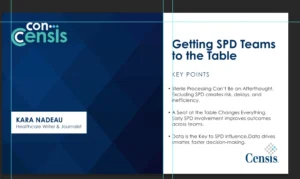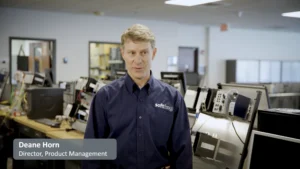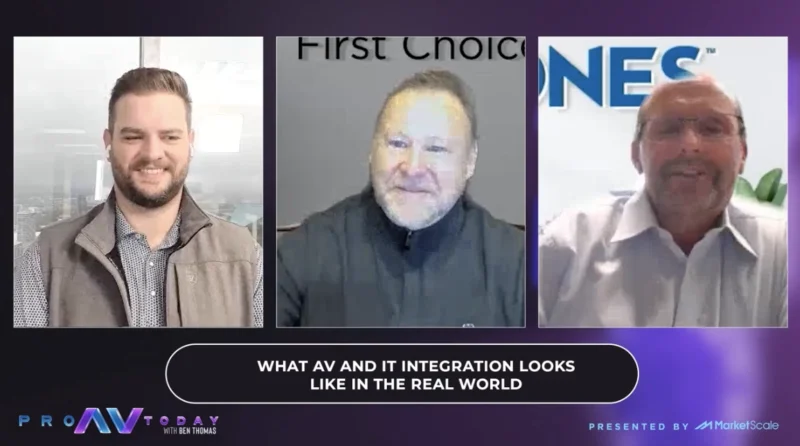InfoComm 2021: How Architecture Embraced Disruption & Technology to Tackle Hybrid Work
Key Points:
- The pandemic shifted the traditional office model.
- The notion of hybrid work has been building for a long time.
- Companies must now focus on leveraging technology to empower employees to work from anywhere.
Commentary:
The events of 2020 forever changed how and where we work, disrupting the traditional office model. At InfoComm 2021, MarketScale caught up with Kay Sargent, Director of Workplace, and Adriana Rojas, Director of Interiors, from HOK, one of the nation’s leading design, architecture, and urban planning firms, to discuss how architects and designers are evolving the workplace as we know it. Here’s how a year of hybrid work model innovation and disruptions impacted their day-to-day work and business. We also picked their brain on what they see as the lasting changes to work models, workplaces, and architectural design because of the pandemic.
Abridged Thoughts:
We work for one of the world’s largest architectural firms, and since everybody was at home and not really in their workplaces, we weren’t really designing a lot of spaces in 2020. We gave a lot of advice. Most of our clients really wanted to know, “what does this mean and what is happening?” I think at the end of the day, what was important was that we were on top of understanding what people wanted to know and doing our research to support that question.
I think everybody has latched on to this whole new notion, that’s been happening for a long time organically, that people can actually work in more than one place. This entire notion of hybrid work and this big question of “how do we enable that and leverage technology to empower people and to take that to the next level?









